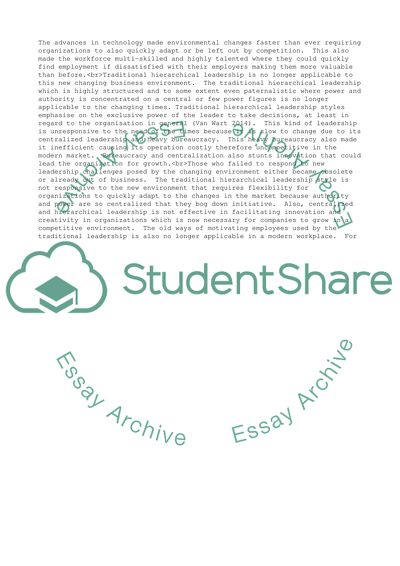Cite this document
(Leadership in Context Essay Example | Topics and Well Written Essays - 2000 words, n.d.)
Leadership in Context Essay Example | Topics and Well Written Essays - 2000 words. https://studentshare.org/management/1863021-leadership-in-context
Leadership in Context Essay Example | Topics and Well Written Essays - 2000 words. https://studentshare.org/management/1863021-leadership-in-context
(Leadership in Context Essay Example | Topics and Well Written Essays - 2000 Words)
Leadership in Context Essay Example | Topics and Well Written Essays - 2000 Words. https://studentshare.org/management/1863021-leadership-in-context.
Leadership in Context Essay Example | Topics and Well Written Essays - 2000 Words. https://studentshare.org/management/1863021-leadership-in-context.
“Leadership in Context Essay Example | Topics and Well Written Essays - 2000 Words”. https://studentshare.org/management/1863021-leadership-in-context.


